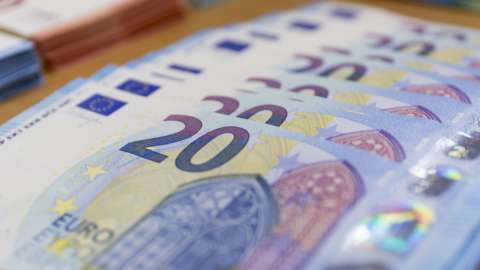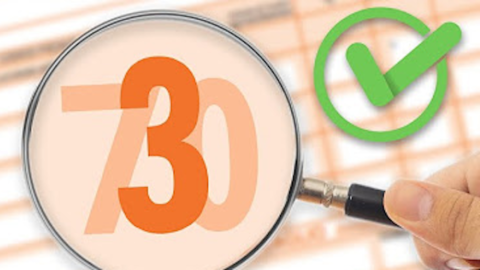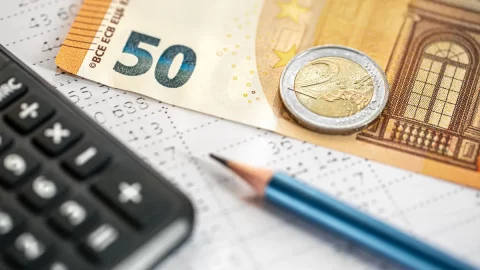Once up and running, the Irpef reform e the single allowance for children they will bring a average increase in disposable income equal to 522 euros (+1,5% compared to the current situation). This is what emerges from an analysis by the Bank of Italy carried out with the BIMic microsimulation model and cited in thelast Annual report of the institute.
In detail, explains Via Nazionale, the impact of the single check is particularly high (7%) for the most vulnerable families, while it is almost nil for the more affluent ones. The changes to the personal income tax brackets, on the other hand, determine "more uniform percentage changes in income and therefore families with higher incomes obtain more generous tax relief in absolute terms (almost half benefit from the highest three-tenths)".
The redistribution according to the type of work
As regards the redistributive effects according to the type of work, continues Bankitalia, the effect of the single check will be felt, in terms of an increase in disposable income, mainly on the families of the self-employed (so far excluded from family allowances) and on those of the incompetent (who are not eligible for tax rebates). The variation due to the Irpef reform, on the other hand, “is mostly uniform even with respect to the prevailing type of income”.
Inequality and poverty indicators will improve
Overall, the central institute believes that the two measures are intended to "significantly improve the indicators of inequality and poverty". In particular, the simulation predicts that the Gini index on the inequalities of equivalent disposable incomes will decrease by half a percentage point, while the incidence of absolute poverty it will drop by 1,5%, to 7,9%, on the entire population, and by almost three and a half points, to 10,5%, among minors.
Incentives to work and earn more
The Bank of Italy also underlines that “the two reforms modify the monetary incentives for taxpayers to seek to increase their earned income, if already employed, or to look for a job, if inactive”. These incentives are the higher the lower the effective marginal tax rates (the "change in the total amount of social security contributions, income taxes and cash transfers that is observed following an increase in labor income") and the lower the effective participation rates (the "share of additional family income, obtained with the transition from the state of unemployment to that of employment, which is lost as a result of the tax and social transfer system").
The effects on effective marginal tax rates…
Overall, writes Via Nazionale, the average of the effective marginal tax rates "is slightly reduced following the reforms, with positive effects on the monetary incentives for the supply of labour". The Irpef reform allows “di contain pre-existing irregularities in the marginal rates of interest about one million workers with incomes between 35.000 and 40.000 euros", band in which the average effective marginal tax rate, "which previously even came close to 70%, decreases by 13,5 percentage points”. On the other hand, "the interaction between deductions and local surcharges determines, around 15.000 euros of income, a new leap in the average of the effective marginal rates", which however involves only a few tens of thousands of taxpayers.
…And those on effective participation rates
As for the effective shareholding rate, "the distribution of which must be assessed with respect to the disposable income of the entire family unit and not of individual taxpayers - warns Bank of Italy - it shrinks significantly for almost all families”. In fact, the general average AEP drops by 2 points (to 20,9%), a drop attributable for over three quarters to the Irpef reform and for the remainder to the introduction of the single allowance.
Single check: June 30 is the last day to ask for arrears
Meanwhile, still on the subject of a single check, there is a very important deadline at the door: the 30nd June it is in fact the last day to apply for the subsidy and get everyone from INPS too the arrears since last March. Those who send the application after this deadline, on the other hand, will be entitled to the grant only from the month following that of the request.
Read also: Single allowance: who earns the most? For the UPB, self-employed workers and large families





